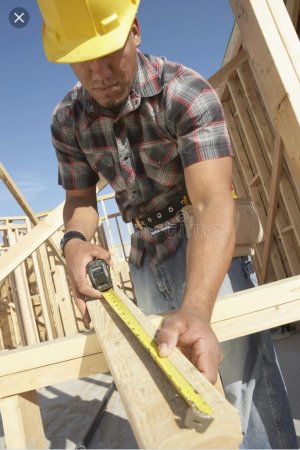Well ruminating again this Sunday.
Off topic: I feel this thread is one of the best intellectually stimulating thread. And yes the equine flogging seems repeated and unending......but man, this adds value to the journey.
On topic:
I just want it clarify that when I mentioned same measuring speakers - I meant, theoretically,
all the measurements including the internal reflections/echoes/resonances of the speaker box in addition to the drivers. And yes I don't know whether the pinnacle of audio measurements has been reached or not, but I do fine the
predictive information from a spinorama a most helpful tool(e) for me

I do confess, I have not heard any 'high end ultraexpensive speakers like the Magico .....heck even the B&W nautilus. I can only 'audition' on video reviews and 'subjective' reviews. However my interest in this hobby does not reach to that level to even want to listen to those speakers Magico et al (maybe I am not an audiophile enough).....or to even want to own an ultraexpensive amps/dacs/cable.
But I do prefer and like hi-fidelity. And with my ongoing interests and research, have come to find out the science of audio. And with this enlightenment, I am happy to find so much early in my journey how to enjoy my music with what I feel is a commensurate investments (time, interest, money). Hence I prefer measurements to
measure the fidelity of what I buy.
Speaker measurements do seem complex. But if I have to surmise, the research is almost done. And for 99.9% of Earth's population it can be easily predicted they want.
0.1% persist the drive for perfection. Which is good.
In the beginning of my journey I was highly tuned to stereo (2 channel) music. My decisions, preference are all towards getting the best sounding stereo.
But lately I am now into multichannel. Stereo is pass for me......except listening through headphones (when I want a reverie of solitude). All these soundstage, directivity are passe for me.
I never imagine myself to ape Mr Toole

On a reflective note, I do find the engagement very stimulating.....even if it is flogging the horse to the bones and morsels.




